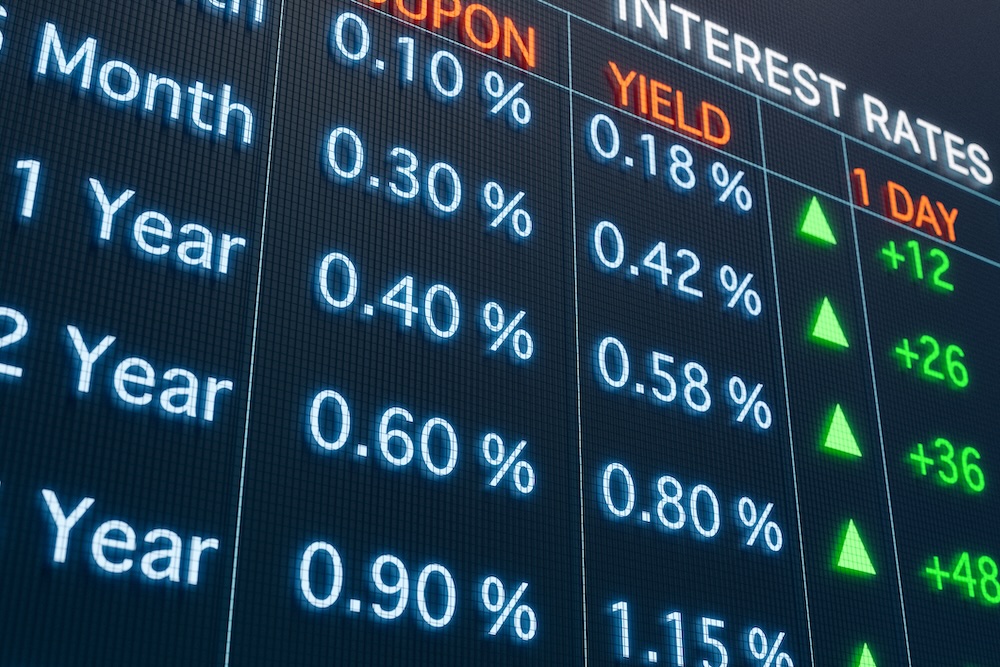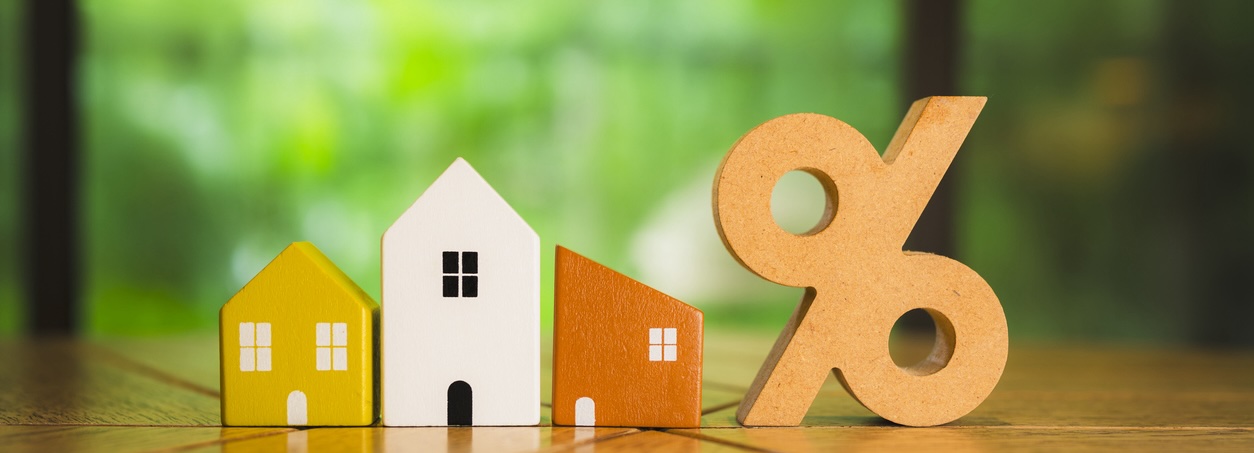
Key takeaways:
- The Fed skipped a rate hike in September, but more may be on the way.
- The central bank also expects to keep rates elevated farther into the future than it once did.
- That’s likely to dampen economic growth – possibly enough to cause a downturn.
The Federal Reserve concluded its September meeting Wednesday by holding interest rates steady, while suggesting that it would likely hike them again one more time in 2023. Most analysts had expected that outcome, but the central bank threw many for a loop with its comments about what the future might hold.
On Wednesday, the Fed published a fresh forecast of its expectations for where rates will be in the future. Get ready for what’s being called “higher for longer” – rates that are possibly even as high as 6.1% at some point in 2024! And in case that doesn’t seem scary enough, Fed Chair Jerome Powell also told reporters that he thinks an economic downturn may still be in the cards.
The Fed’s mandate is to keep inflation under control, which it does by trying to discourage demand. As a reminder, the Fed doesn’t directly influence rates for mortgages, CDs (certificates of deposit) or other consumer financial products. It controls the rates banks charge to lend to each other, which sets the tone for the entire financial-services market. So, when interest rates are higher, it’s harder to borrow to finance new cars, homes, credit card spending, and so on. But it’s very hard to be precise about generating “just enough” demand to keep the economy growing but inflation under control.
Earlier this year, many forecasters outside the Fed were convinced that its rate-rise regime would cripple the economy, forcing the central bank not just to pause on rate hikes but to backtrack and cut them. That was clearly not what happened – and now the outlook for the future is a lot different.
Powell now seems to think interest rates will have to rise further to tame inflation, and that those rate rises will dampen demand so much that the economy will weaken.
What does it all mean for consumers? Many experts aren’t sure. Many have lost confidence in the Fed and in the old economic models that analysts had long relied on. As Kathy Jones, Chief Fixed-Income Strategist for Charles Schwab wrote: “This ‘higher-for-longer’ message reflects a high level of uncertainty at the Fed about what it will take to move inflation sustainably lower.”
A few things are certain, however. Interest rates will remain elevated, making it more expensive to buy a home or other big-ticket item, or to take out loans to start a business, finance an education or anything else.
As for a recession? No one seems to know. There are many wildcards in the economy right now that never existed before: the return of student loan payments, the war in Ukraine, and more. We will all need to watch, wait, and stay tuned.
The blog articles published by Unlock Technologies are available for general informational purposes only. They are not legal or financial advice, and should not be used as a substitute for legal or financial advice from a licensed attorney, tax, or financial professional. Unlock does not endorse and is not responsible for any content, links, privacy policy, or security policy of any linked third-party websites.”


